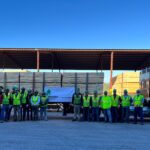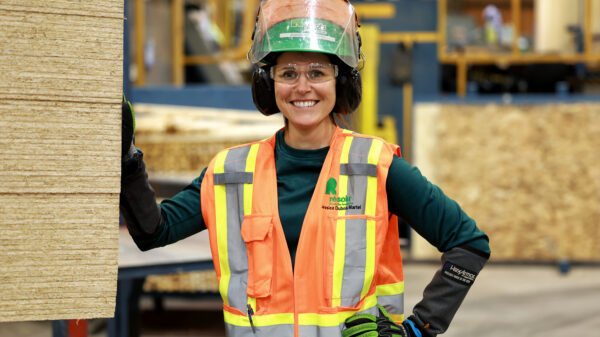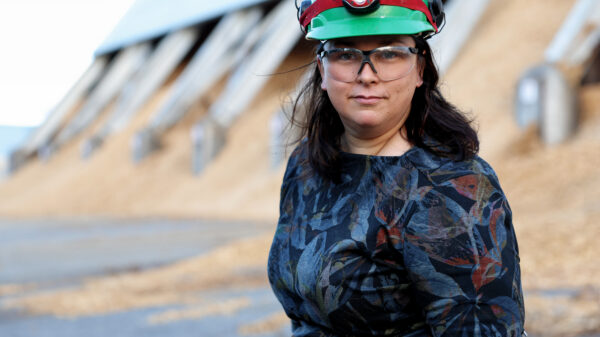Did you know that by using forest products, you’re participating in the circular economy?
In a circular economy, natural, renewable resources are transformed sustainably and efficiently, extending their value and reducing waste. As industries adopt this systemic approach, our economy becomes more efficient, more competitive and more sustainable.
The forest products industry is at the forefront of the shift toward a circular economy. It starts with our primary input: wood fiber, which is a renewable, natural resource. We harvest trees for lumber, and transform the rest of the tree into useful products. Our processes are highly efficient, designed to minimize waste and carbon emissions. By investing in innovation, we continuously find ways to operate even more efficiently, and develop new uses for fiber. And since wood products store carbon long term, and paper products are recyclable, wood is a resource that keeps on giving.
In this mini blog series, we’ll focus on three ways Resolute is contributing to the circular economy. The focus this week is on our integrated operations. Next, we’ll discuss innovation, and finally, we’ll focus on the relationship between the circular economy and our climate objectives. We hope this mini blog series brings the concept of circular economy to life for you!
Circular Economy in Action: Integration at Resolute’s Ontario Operations
Resolute’s network of operations in Northwestern Ontario is a prime example of the circular economy in action. The Atikokan, Ignace and Thunder Bay facilities, as well as our woodlands operations work together in a complementary way, minimizing waste and getting the most out of each tree harvested.
The network includes our woodlands operations, three sawmills, a pulp and paper mill, a wood pellet mill, a TMP biorefinery and our biomass cogeneration station. At our woodlands operations, we harvest trees according to sustainable forest management practices. While the primary purpose of harvesting is to produce lumber for construction and renovation, virtually no part of the tree is wasted. We also ensure 100% of harvested areas are regenerated.
Our sawmills produce lumber using innovative technology to minimize waste and maximize efficiency. The main byproduct of lumber production is wood chips, which find their way into useful products like paper towels, bath tissue, face masks, newspapers, books and boxes, to name just a few. Residues are used to produce energy, heat and steam, and shavings become fuel for our lumber kilns.
The biomass cogeneration station is the heart of our network, taking in residues – including sludge, lime, lumber strapping rejects and yard residues – from all the other operations and transforming them into renewable energy. About a third of that energy powers our own operations, and a portion is sold to the province of Ontario under a power purchase agreement. Even residues from the energy production process are recovered for beneficial-use alternatives – for example, we supply ash to local farmers to use as a nutrient additive on their fields, also known as agricultural land spreading.
By strategically linking all of our operations in Northwestern Ontario, we maximize efficiency and minimize waste – and that’s what the circular economy is all about!
Learn more about a tree’s journey at Resolute here.






